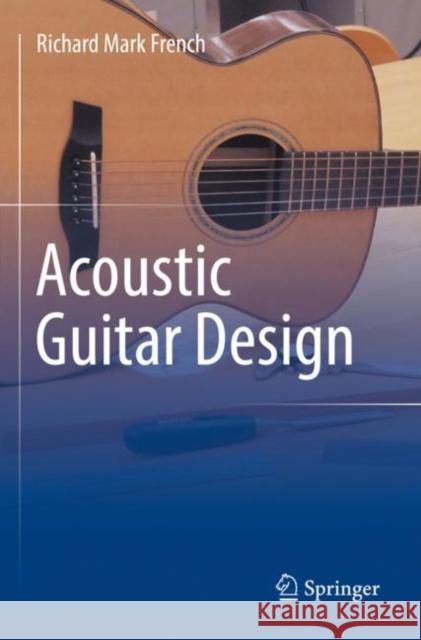Acoustic Guitar Design » książka
topmenu
Acoustic Guitar Design
ISBN-13: 9783030893804 / Angielski / Twarda / 2022
Acoustic Guitar Design
ISBN-13: 9783030893804 / Angielski / Twarda / 2022
cena 201,72 zł
(netto: 192,11 VAT: 5%)
Najniższa cena z 30 dni: 173,46 zł
(netto: 192,11 VAT: 5%)
Najniższa cena z 30 dni: 173,46 zł
Termin realizacji zamówienia:
ok. 22 dni roboczych
Bez gwarancji dostawy przed świętami
ok. 22 dni roboczych
Bez gwarancji dostawy przed świętami
Darmowa dostawa!
This book is for experienced luthiers and guitar designers in the industry, novice builders wishing to improve their designs, and guitar owners interested in knowing more about their instruments. It includes the most important technical information gathered from many sources, including the academic literature and the author’s own work, presented here in a clear, actionable form with a minimum of mathematics. The book begins with a historical survey on how important features of the acoustic guitar evolved over centuries. The review leads up to a chapter focusing on three iconic instruments that represent the most important types of acoustic guitars: classical, steel string flat top and archtop. As the guitar market is so strongly conditioned by familiar, traditional instruments, a successful builder must have a thorough working understanding of the most important designs to underpin their own work. Through this volume, Professor French lays out the entire design process and collects detailed information in one convenient source. Luthiers quite often compile notebooks of measurements, part numbers, specific design features and other details they routinely need. This book organizes much of that information, with tables of dimensions, material properties, and other details in one essential final chapter. The book also features concise side bar contributions by top guitar designers and builders including Tim Shaw, Chief Engineer at Fender Music; Bob Taylor, Co-Founder of Taylor Guitars; and Andy Powers, Master Guitar Designer and Partner.











